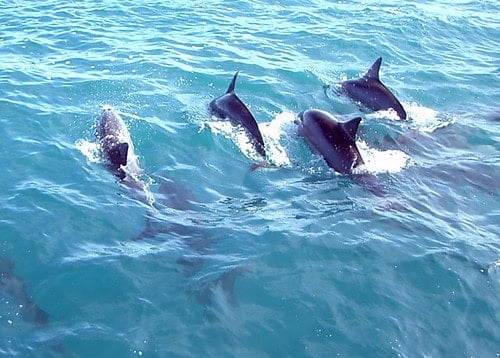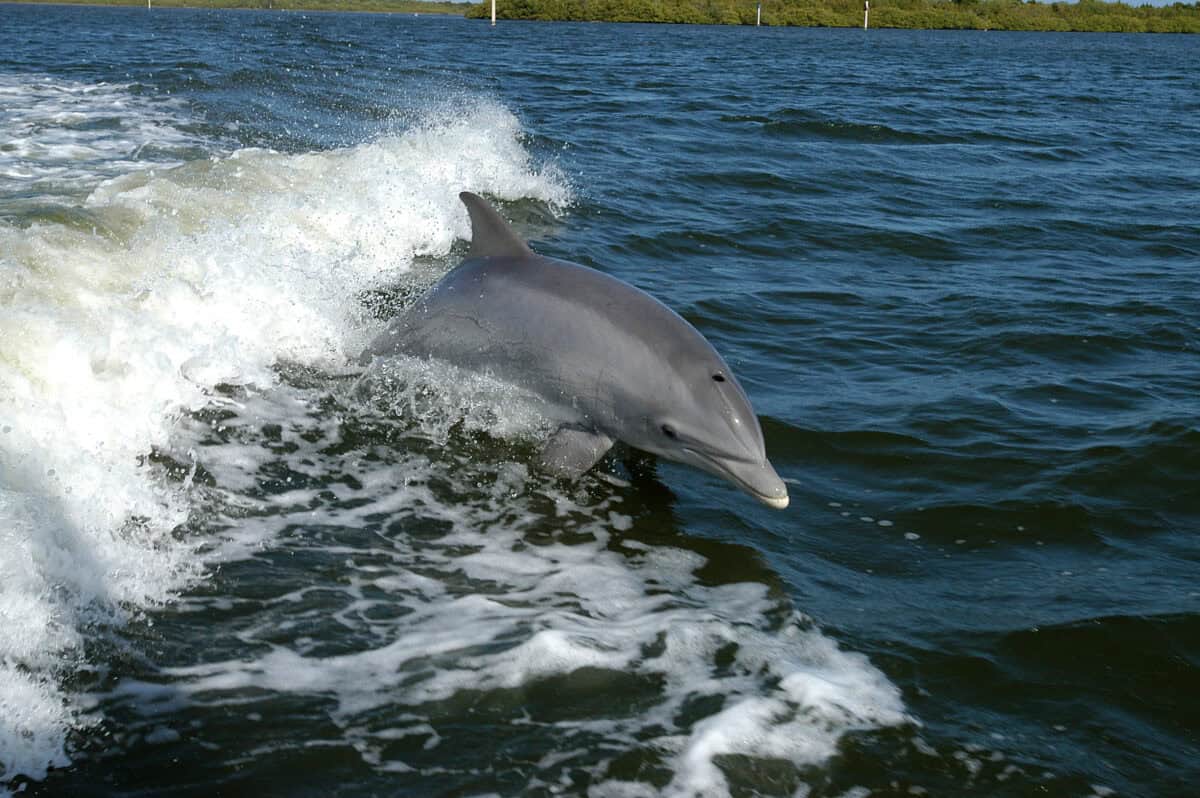The involvement of dolphins in military operations might sound like the plot of a futuristic novel, yet it’s a reality rooted in decades of research and practical application. The U.S. Navy’s Marine Mammal Program has historically operated under a veil of secrecy, leveraging the intelligence and sensory capabilities of dolphins. But is this program still ongoing in 2025? This article explores the fascinating history, current status, and potential future of this unique naval initiative.
The Origins of the Navy’s Dolphin Program

Commencing in the 1960s during the height of the Cold War, the U.S. Navy’s Marine Mammal Program was established to harness the natural abilities of marine animals—foremost, dolphins. Their echolocation capabilities surpass any man-made sonar technologies, making them ideal candidates for tasks like mine detection and swimmer delivery. The program started modestly, but over time it has grown into a highly specialized and crucial component of naval operations.
Why Dolphins? Understanding Their Unique Abilities

Dolphins are renowned for their advanced cognitive abilities, sophisticated social structures, and highly developed sonar system. Their echolocation allows them to navigate and detect objects underwater with remarkable precision. This makes them invaluable in naval applications, particularly in areas where traditional technology might fail.
Key Achievements of the Program

Over the years, the Marine Mammal Program has achieved significant milestones. Dolphins have been trained to locate and mark underwater mines, assist in the recovery of lost equipment, and even provide defense against unauthorized swimmers near naval vessels. The successful deployment of these animals in real-world scenarios has cemented their role as integral members of the military.
Ethical Considerations and Animal Welfare

As with any program involving animals, ethical considerations surrounding the Dolphin Program are paramount. The Navy asserts that the welfare of these dolphins is given top priority, with stringent guidelines designed to ensure their health and safety. Dolphins in the program receive regular medical care, a nutritious diet, and enrichment to support their mental and physical well-being.
Training Techniques: From Natural Abilities to Specialized Skills

Dolphins recruited for the program undergo extensive training. This training leverages their natural instincts, such as play and cognitive curiosity, to teach them specific tasks. Positive reinforcement is the cornerstone of their training, rewarding desired behaviors to encourage learning and adaptation to various naval missions.
Challenges and Limitations of Using Dolphins

Although dolphins offer unmatched capabilities in certain operations, their use is not without challenges. Logistical considerations, such as transportation and acclimatization to new environments, pose significant hurdles. Additionally, ethical debates and evolving public perceptions call for continuous evaluation and adaptation of the program’s methods.
The Technological Revolution: Are Robots Replacing Dolphins?

In recent years, technological innovations in autonomous underwater vehicles (AUVs) have sparked discussions about the future role of dolphins in military operations. While robots offer advantages like endurance and efficiency in certain tasks, the nuanced perceptual abilities of dolphins remain unmatched, suggesting a complementary rather than a replacement role in future naval strategies.
Global Perspectives: How Other Nations Use Marine Mammals

The U.S. is not the only nation employing marine mammals. Russia, for instance, has also developed programs to train dolphins and beluga whales for military purposes. These initiatives highlight a broader recognition of the strategic advantages offered by these animals in underwater operations worldwide.
The Future of the Dolphin Program: Staying Relevant in 2025

As of 2025, the U.S. Navy’s Marine Mammal Program continues to adapt to modern challenges, integrating new technologies with traditional methods. The potential for expanded roles, such as environmental monitoring and humanitarian assistance, ensures that the program remains relevant and vital in an ever-changing world.
Public Perception: How the Program is Viewed Today

Public opinion regarding the use of dolphins in military operations is mixed. While some view the program as necessary and innovative, others raise concerns about animal rights and ethical implications. The Navy’s efforts to maintain transparency and prioritize animal welfare are critical in shaping public perception moving forward.
The Environmental Impact of the Dolphin Program

The program’s environmental impact is a point of consideration, as the deployment of dolphins for naval purposes may affect local ecosystems. Measures are in place to minimize these impacts, balancing operational needs with conservation principles to protect marine habitats.
Conclusion: A Balancing Act of Innovation and Ethics

The U.S. Navy’s Dolphin Program represents a unique intersection of natural talent and military necessity. As technology evolves, so too does the program, maintaining a delicate balance between operational demands, ethical considerations, and technological advancements. In 2025, its continued operation underscores the enduring value of dolphins as allies in safeguarding national security, whilst promoting a steadfast commitment to their welfare and the environment.
- The Sad Reason Polar Bears Are Struggling to Find Food - July 2, 2025
- How Adorable Is It That Monkeys Use Leaves as Toys? - July 2, 2025
- Coral Reefs of the Florida Keys: What’s Left and What’s Next - July 2, 2025

